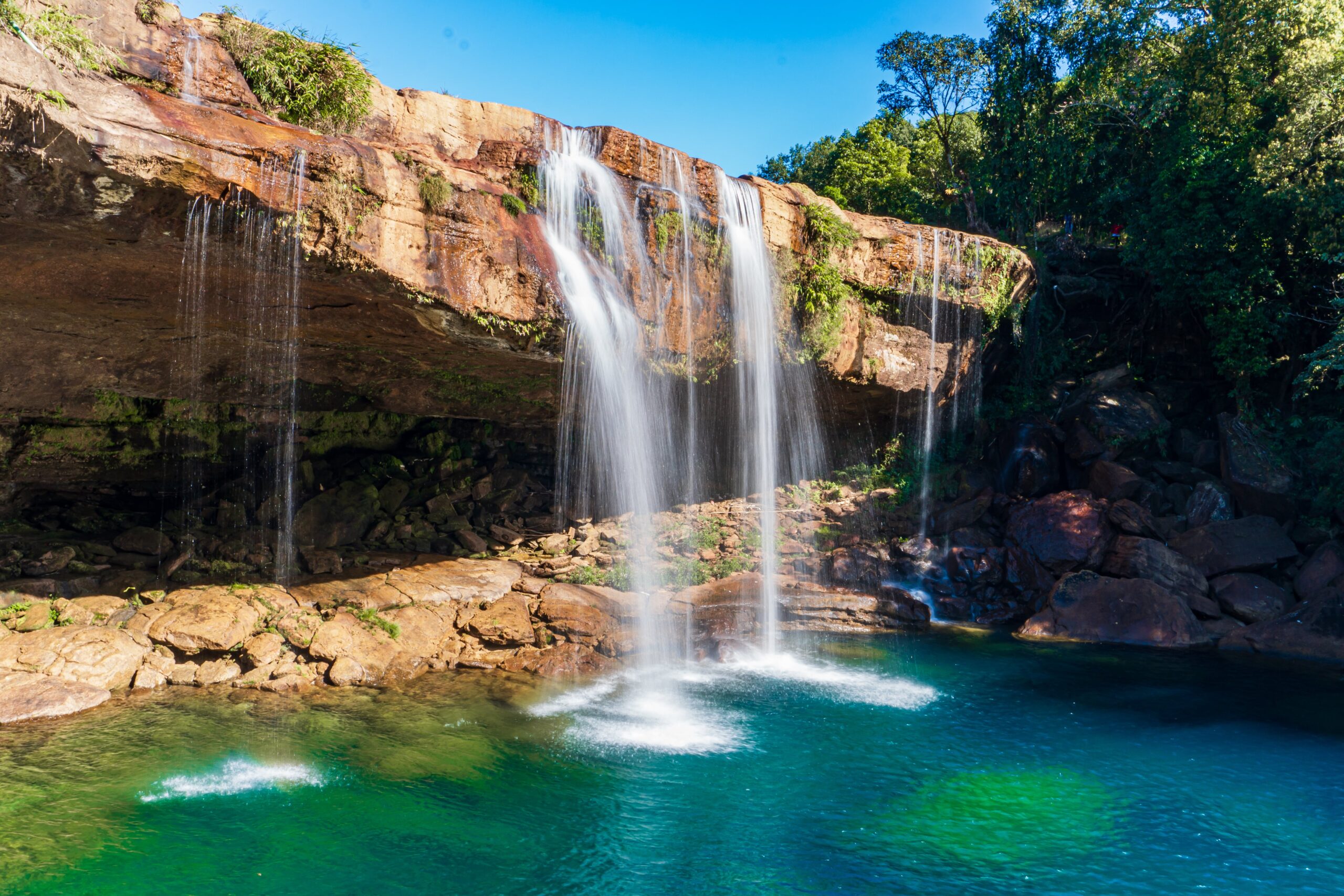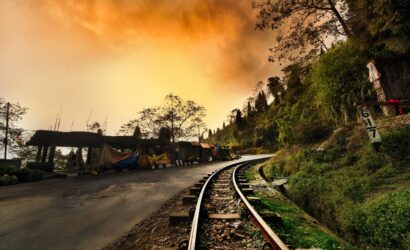Darjeeling
Sightseeing

6%
Off
Featured
₹ 15999
₹ 14999
Himalayan Retreat – Darjeeling Gangtok Mountain Escape
Darjeeling
5 Days
Darjeeling and Gangtok are two enchanting destinations nestled in the Eastern Himalayas, each offering its unique charm and attractions. Here’s...

4%
Off
Featured
₹ 24999
₹ 23999
Darjeeling Gangtok Honeymoon Tour
Darjeeling
7 Days
Darjeeling and Gangtok are two enchanting destinations nestled in the Eastern Himalayas, each offering its unique charm and attractions. Here’s...
